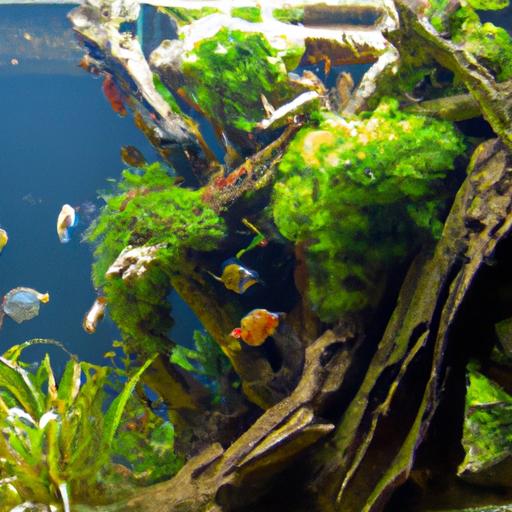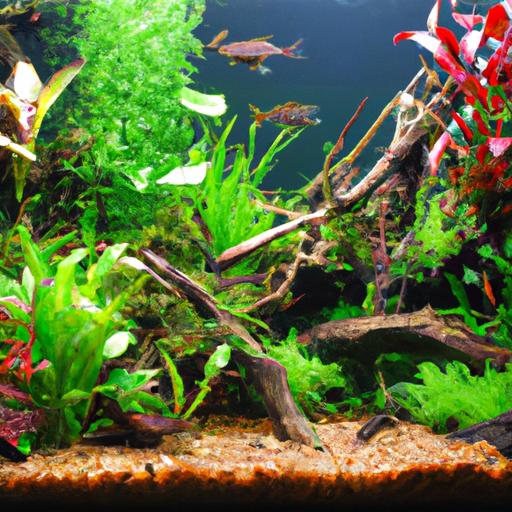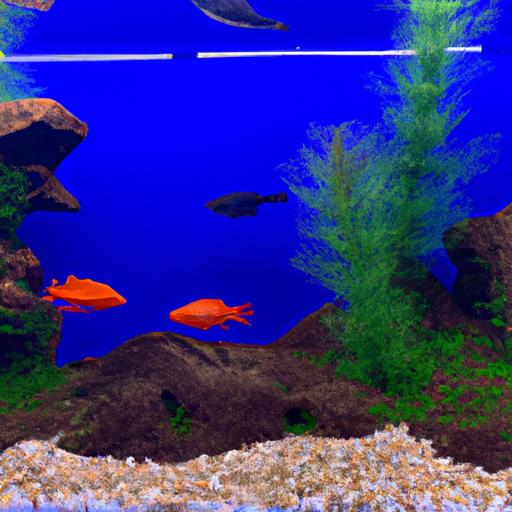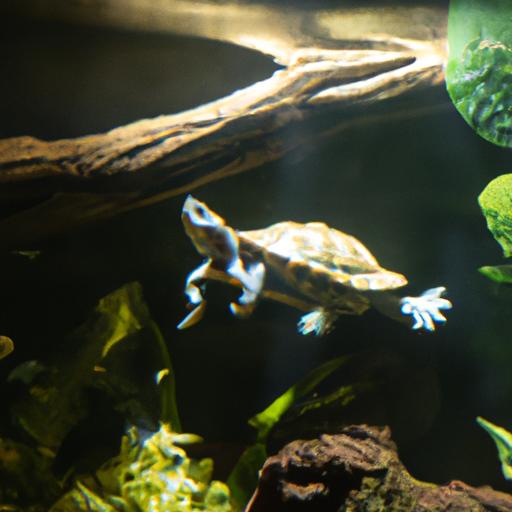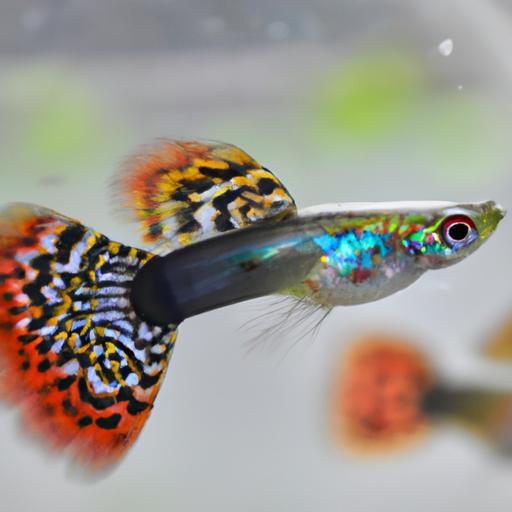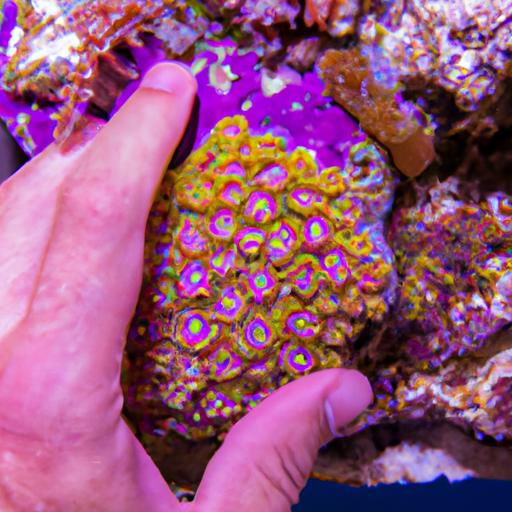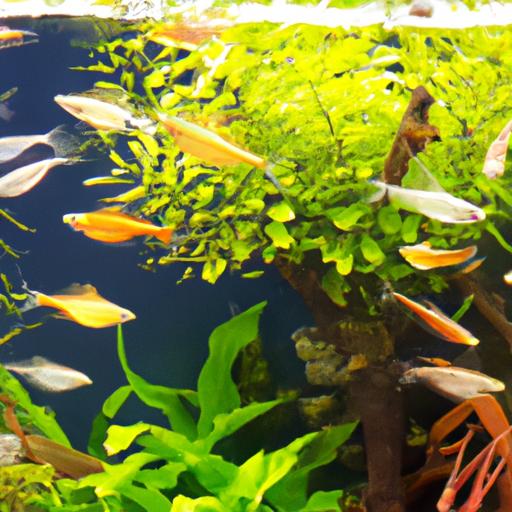
Maintaining a Healthy Freshwater Tank: Tips and Tricks
Discover essential tips and tricks for maintaining a healthy freshwater tank in this comprehensive guide. Ensure your aquatic friends thrive!
Introduction
Are you a proud owner of a freshwater tank? Maintaining a healthy environment for your aquatic friends is essential for their well-being. In this article, we will provide you with valuable tips and tricks to ensure the longevity and vitality of your freshwater tank. By following these expert recommendations, you can create a thriving aquatic ecosystem that will captivate your senses and provide a serene ambiance to your living space.
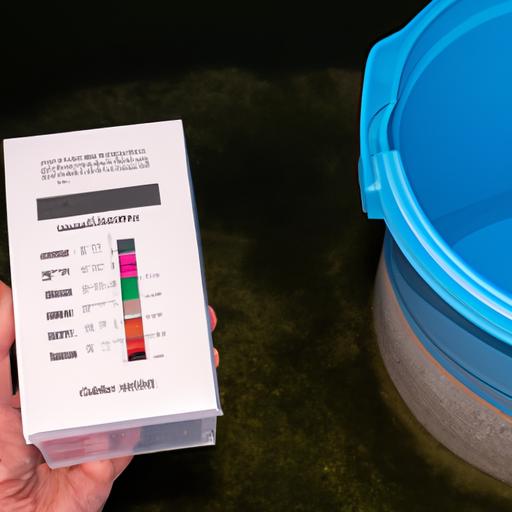
Tips for Maintaining a Healthy Freshwater Tank
Regular Water Testing and Monitoring
The foundation of a healthy freshwater tank begins with regular water testing and monitoring. Testing water parameters such as pH levels, ammonia, nitrate, and nitrite levels is crucial to assess the overall water quality. By understanding these parameters, you can take appropriate actions to maintain a stable and healthy environment for your aquatic inhabitants.
To test the water, you can use readily available test kits. These kits provide accurate readings and enable you to make informed decisions regarding necessary adjustments to the water conditions. Experts recommend testing the water parameters at least once a week to detect any potential issues promptly.
Proper Filtration System
A well-functioning filtration system is the lifeline of your freshwater tank. It helps remove impurities, toxins, and excess waste, ensuring a clean and healthy environment for your aquatic friends. There are various types of filters available, including sponge filters, hang-on-back filters, and canister filters. Each type has its own advantages, so it’s essential to choose one that suits the specific needs of your tank.
Regular maintenance of the filter is equally important. Cleaning or replacing filter media, sponges, and cartridges on a regular basis prevents the build-up of debris and maintains the efficiency of the filtration system. Remember, a clean filter means clean water!
Consistent Water Changes
Regular water changes are a fundamental aspect of maintaining a healthy freshwater tank. They help remove accumulated toxins, excess nutrients, and waste products that can harm your aquatic inhabitants. Water changes also replenish essential minerals and maintain optimal water conditions.
The frequency and volume of water changes depend on various factors, such as tank size, stocking levels, and water parameters. As a general guideline, aim for a 25% water change every two weeks. However, closely monitoring your water parameters will give you a better understanding of your tank’s specific needs. During a water change, be sure to treat the new water with a dechlorinator to remove harmful chlorine or chloramine.
Appropriate Feeding Regime
Proper nutrition is crucial for the health and well-being of your fish. A balanced and suitable diet ensures vibrant colors, robust growth, and overall vitality. Overfeeding can lead to excess waste and poor water quality, while underfeeding can result in malnutrition and weakened immune systems.
To maintain a healthy feeding regime, select high-quality fish food that meets the specific dietary requirements of your fish species. It’s recommended to feed your fish small portions multiple times a day, rather than a large amount all at once. This feeding schedule mimics their natural feeding habits and prevents overeating.
Frequently Asked Questions (FAQs)
How often should I clean my freshwater tank?
Cleaning your freshwater tank involves various tasks, including water changes, filter maintenance, and substrate cleaning. It’s advisable to perform a 25% water change every two weeks, while filter maintenance should be done monthly. As for substrate cleaning, you can gently vacuum the gravel during water changes to remove accumulated debris.
What are some common signs of an unhealthy tank?
Several signs indicate an unhealthy freshwater tank. These include cloudy or foul-smelling water, excessive algae growth, fish gasping for air at the water surface, fin rot, lethargic behavior, and abnormal swimming patterns. Regular monitoring of water parameters and visual observation of your fish can help you identify and address any potential issues promptly.
Can I use tap water for water changes?
Tap water can be used for water changes, but it needs to be treated with a dechlorinator to remove harmful chlorine or chloramine. These chemicals can be detrimental to the health of your fish and other aquatic inhabitants. Always ensure that the tap water is at the same temperature as the tank water before adding it to the tank.
How should I deal with algae growth in my tank?
Algae growth is a common concern in freshwater tanks. To manage it effectively, you can implement measures such as reducing the duration of light exposure, optimizing the lighting intensity, controlling nutrient levels through proper feeding and water changes, and introducing algae-eating fish or invertebrates, such as plecos or snails. Remember, a balance of light, nutrients, and grazing organisms is key to keeping algae growth in check.
Are there any specific fish species that require additional care?
Some fish species have specific care requirements due to their unique behavior, diet, or environmental needs. Examples include sensitive species like discus fish, which require stable water conditions and a specialized diet, or bottom-dwelling species like corydoras catfish that benefit from a soft substrate to prevent injury. Researching the specific needs of your fish species will help you provide the best care possible.
Conclusion
Maintaining a healthy freshwater tank is an art that requires dedication and knowledge. By following the tips and tricks outlined in this article, you can create a thriving aquatic ecosystem that will bring joy and tranquility to your living space. Remember to regularly test and monitor water parameters, choose an appropriate filtration system, perform consistent water changes, and provide a balanced diet for your fish. With these practices in place, your freshwater tank will flourish, and your aquatic friends will thrive for years to come.


